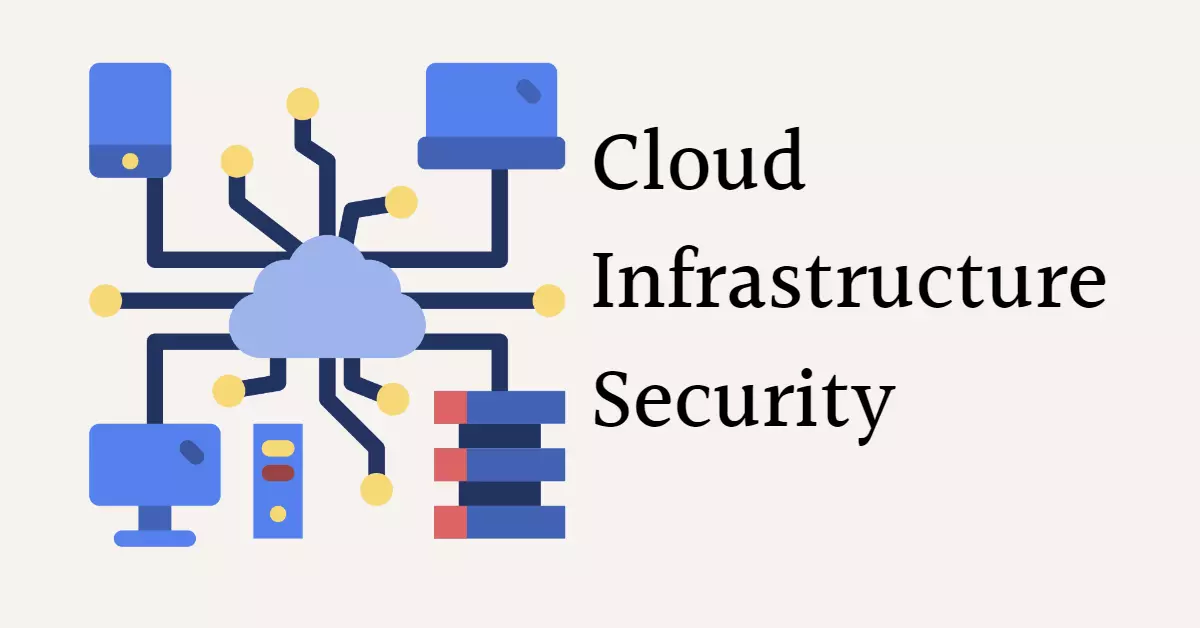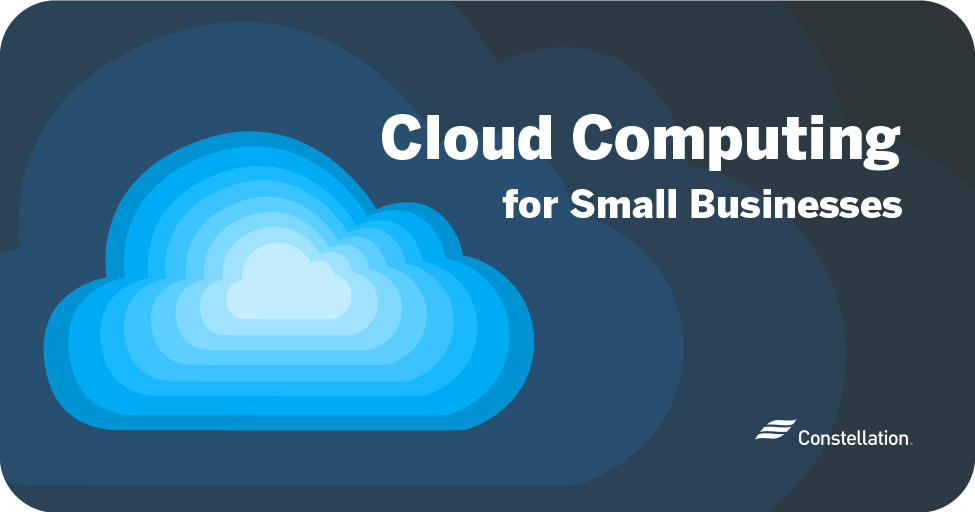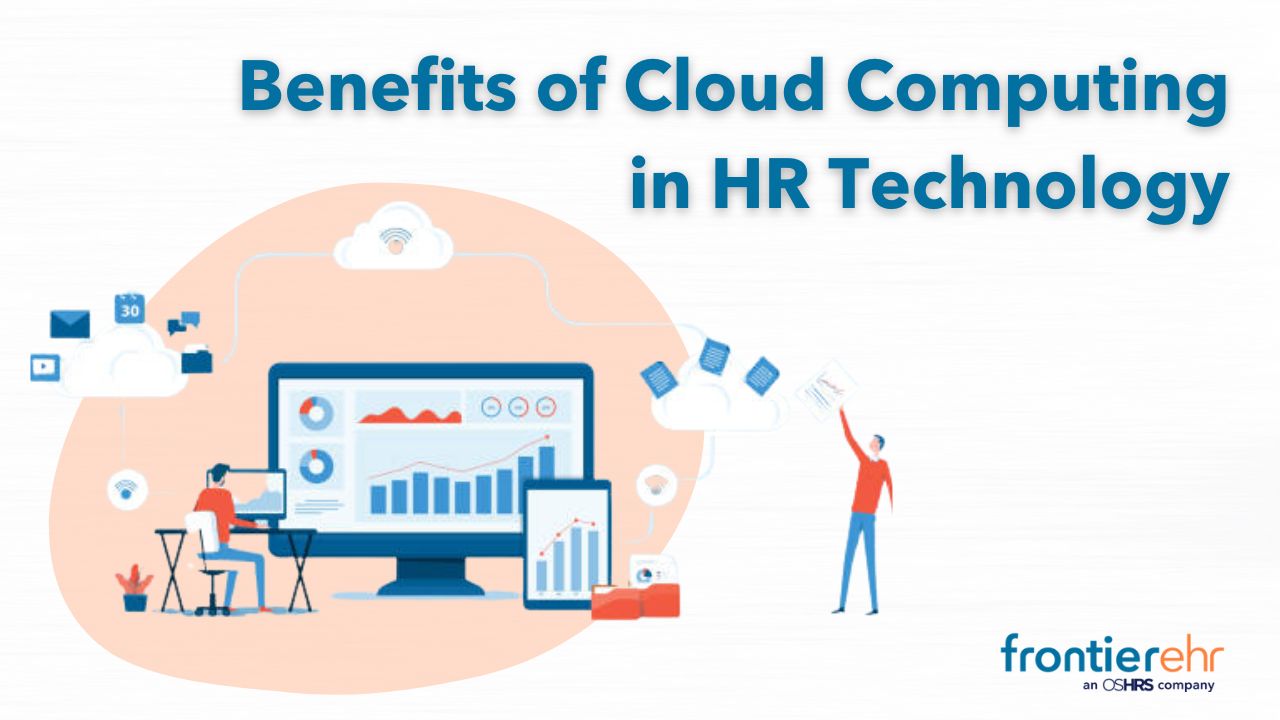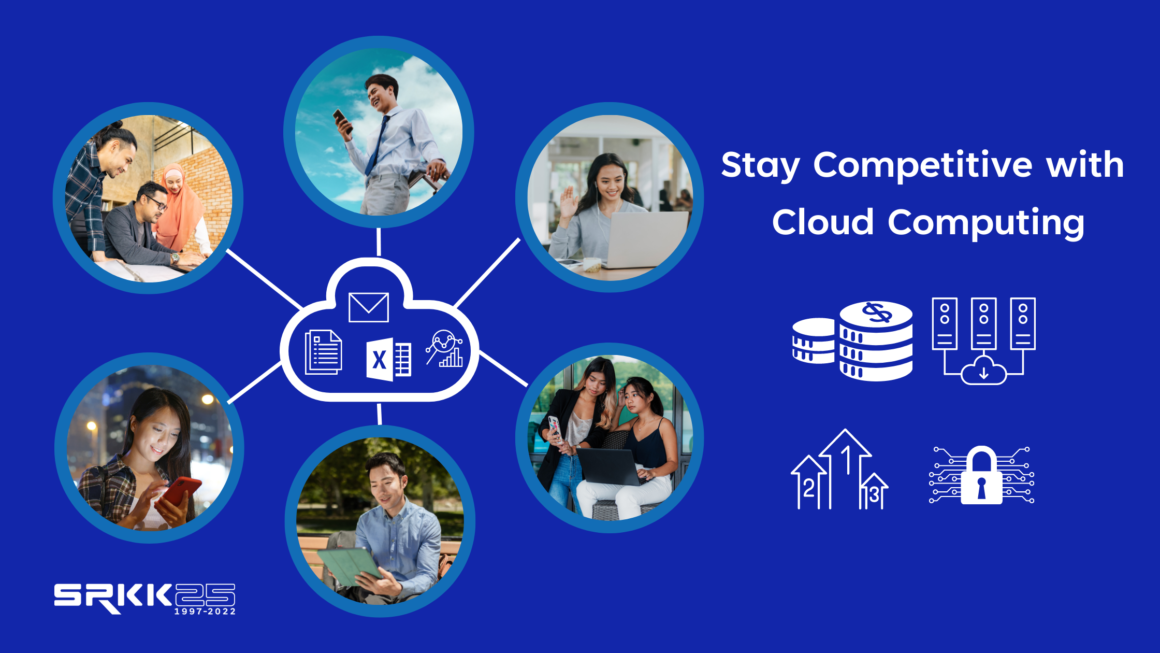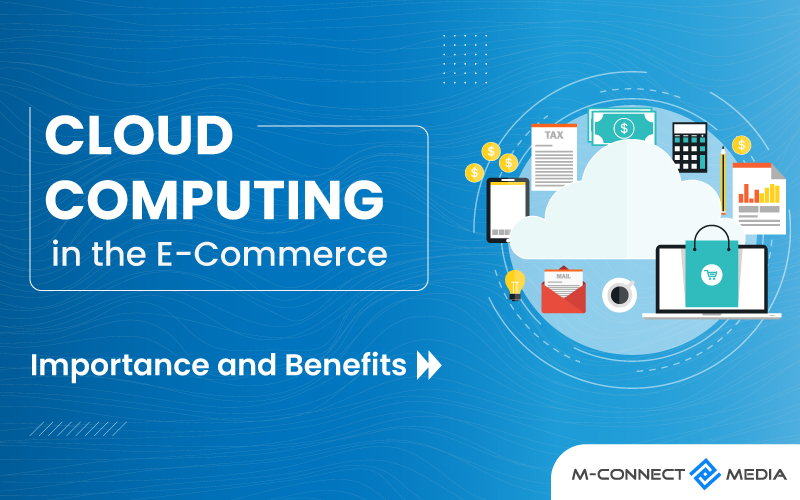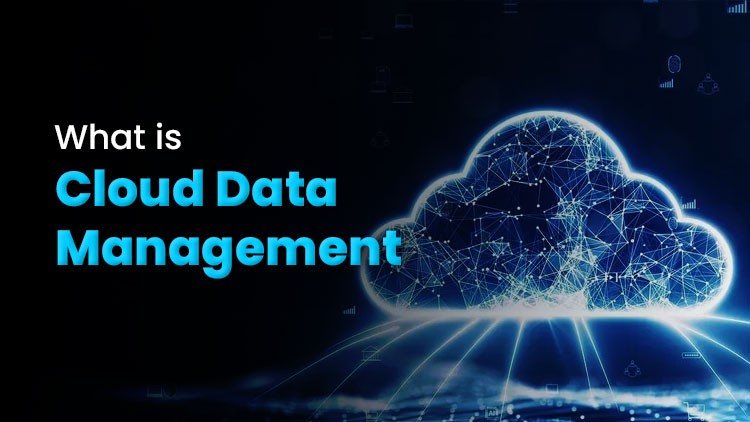Cloud Database Security Best Practices
To achieve cloud database security, the following best practices are recommended:
Encryption:
Data Encryption at Rest: Sensitive data in the database must be encrypted so that no unauthorized access can occur. Most of the cloud providers provide encryption options managed by either the provider or customer-controlled.
Data in Transit: Data should be encrypted during transit, and protocols like TLS (Transport Layer Security) can be used to encrypt the data as it moves between the clients and the database, protecting it from intercepting.
Key Management: Ensure proper key management to protect the encryption keys. HSMs or cloud-native KMS can be used.
Access Control:
Identity and Access Management (IAM): Utilize IAM services that will allow to control who should have access to a database. Assure that end-users are allowed the minimum rights based on role, or in this case, by the Principle of Least Privilege.
Multi-Factor Authentication (MFA): Enforce MFA across all users when accessing the cloud database, therefore adding another security layer to counter unauthorized access to the database when passwords are also compromised.
Role-Based Access Control (RBAC): Using RBAC enforces that user access is tightly controlled to a minimum set that is necessary and appropriate for their business function.
Monitoring Database Activity:
Auditing: Enable all audit logging - track login, queries, alterations to data and configuration settings and so on on the cloud-based database. Detects suspicious behaviors and potential attacks.
Real-time Monitoring: Make use of real-time database activity monitoring tools that would catch anomalies, like unauthorized access or strange query patterns, as possible security incidents.
Backup and Disaster Recovery:
Periodic Backups: Ensure the cloud database is periodically backed up. Proper versioning automated backup must be set in place to avoid significant loss in case of accidents or attacks.
Disaster Recovery: Implement a disaster recovery plan for cloud databases in order to quickly recover data in case an outage or attack, such as a ransomware attack, occurs.
Vulnerability Management:
Patch Management: Regularly update the software of the cloud database in order to correct known security flaws in the software. This includes the underlying operating system and any updates to the DBMS.
Penetration Testing: Conduct penetration testing on the database regularly to identify known vulnerabilities and weaknesses in security defenses.
Data Masking and Tokenization:
Data Masking: Mask sensitive data for non-production environments, so personally identifiable information or other sensitive data is not in a development or test database.
Tokenization: Replace sensitive data with unique identifiers or tokens in cases where data access needs to be minimized but needs to be usable for processing.
Network Security:
Firewall Protections: Use firewalls to limit the incoming and outgoing traffic to only authorized IP addresses as well as services. Most cloud providers offer virtual firewalls or network security groups that can be applied for the protection of the database.
Private networks: Host the cloud database on a private network or Virtual Private Cloud, VPC, to prevent access via the public internet thereby limiting exposure to external threats.
Virtual Private Network (VPN): Use VPNs to protect the communication between client applications and the cloud database, especially if sensitive data is involved.
API Security:
APIs used to interact with the cloud database must be secured using proper authentication mechanisms such as API keys, OAuth, or JWT (JSON Web Tokens).
Implement rate-limiting and throttling to prevent abuse of APIs and protect against denial-of-service (DoS) attacks.
Compliance and Legal Considerations:
Data Sovereignty: Know the geographical location where data is stored and ensure it is compliant with data protection laws and regulations, such as GDPR and CCPA.
Auditing for Compliance: Use cloud services that provide compliance auditing features to ensure your cloud database meets the necessary legal and industry standards, such as SOC 2, PCI-DSS, HIPAA.

